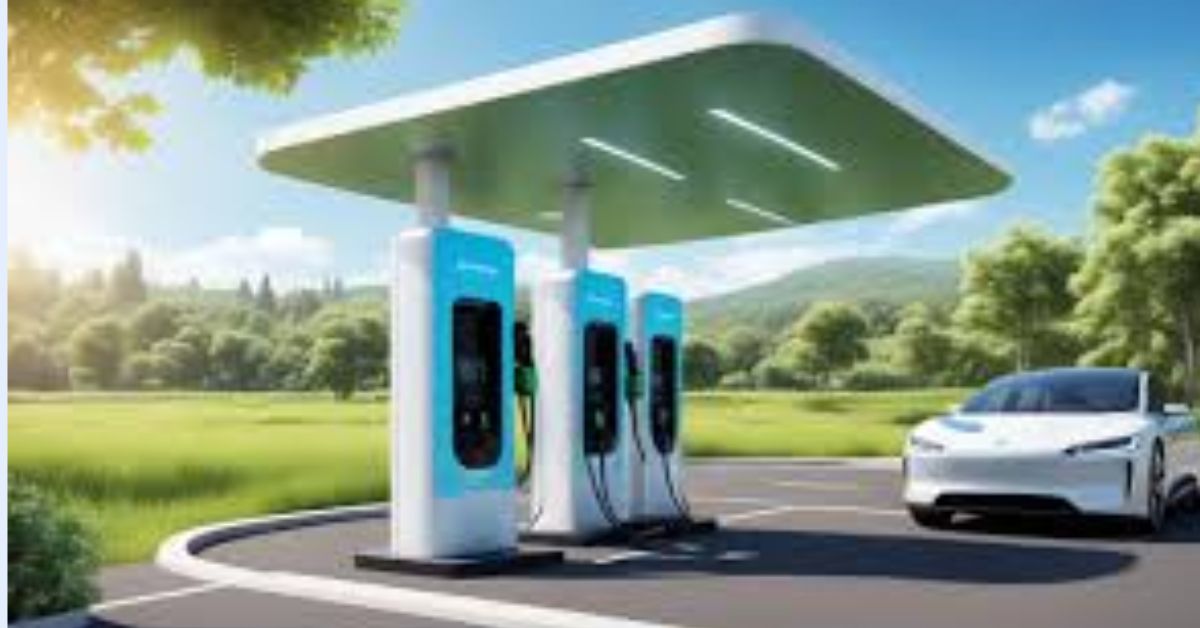As electric vehicles (EVs) become increasingly popular, understanding how to charge them efficiently is essential for both new and experienced drivers. This comprehensive guide will walk you through the various charging options, important considerations, and tips for making the most of your electric vehicle charging experience.
Understanding Electric Vehicle Charging
Charging an electric vehicle involves transferring electricity from a power source to the vehicle’s battery. This process can be done at home, at public charging stations, or through fast-charging networks. The charging speed and convenience can vary significantly based on the type of charger used.
Types of EV Chargers
There are three main types of EV chargers:
- Level 1 Chargers
- Voltage: 120 volts
- Charging Speed: Adds about 3-5 miles of range per hour
- Usage: Typically used for overnight charging at home, these chargers use a standard household outlet. While convenient, they are the slowest option available.
- Level 2 Chargers
- Voltage: 240 volts
- Charging Speed: Adds about 10-60 miles of range per hour, depending on the vehicle and charger power output
- Usage: Ideal for home installations and available at many public charging stations, Level 2 chargers provide a quicker and more efficient charging experience.
- DC Fast Chargers
- Voltage: 400 volts or higher
- Charging Speed: Can add up to 80% charge in 30 minutes or less
- Usage: Found primarily at public charging stations along highways, these chargers are designed for rapid charging, making them perfect for long road trips.
Home Charging Solutions
Charging at home is one of the most convenient ways to ensure your EV is ready to go. Here are some options to consider:
Installing a Level 2 Charger
While Level 1 chargers can be adequate for some, a Level 2 charger significantly reduces charging time. Here are steps to consider when installing one at home:
- Assess Your Electrical System: Consult an electrician to determine if your home’s electrical system can support a Level 2 charger.
- Choose a Charger: Research various brands and models to find one that meets your needs.
- Installation: Hire a licensed electrician to install the charger safely and comply with local building codes.
Utilizing Smart Chargers
Smart chargers come equipped with features such as Wi-Fi connectivity, allowing users to monitor and control charging remotely. These chargers can help optimize energy use by taking advantage of off-peak electricity rates, which can save you money on your energy bill.
Public Charging Stations
With the growth of the EV market, public charging stations are becoming more accessible. Here are tips for finding and using these stations:
Finding Charging Stations
- Apps and Websites: Use smartphone apps like PlugShare or ChargePoint to locate nearby charging stations. These platforms provide real-time availability, user reviews, and charging speeds.
- Navigation Systems: Many modern EVs come with built-in navigation systems that can direct you to the nearest charging stations.
Charging Etiquette
When using public charging stations, be mindful of other users:
- Move Your Vehicle After Charging: Once your vehicle is fully charged, move it to free up the charging station for others.
- Limit Time at Fast Chargers: Only use DC fast chargers for the duration needed to reach an 80% charge, then vacate the spot to allow others to charge.
Best Practices for Charging Your EV
To ensure your EV battery remains healthy and efficient, follow these best practices:
Avoid Frequent Full Charges
While many EVs are designed to handle frequent charging, consistently charging to 100% can shorten battery life. Aim to charge your vehicle to around 80% for daily use and reserve full charges for longer trips.
Charge During Off-Peak Hours
If your utility provider offers lower rates during off-peak hours, try to charge your EV during these times. This practice not only saves money but also helps reduce strain on the electrical grid.
Monitor Battery Health
Keep an eye on your EV’s battery health through the vehicle’s onboard systems. Many modern EVs provide diagnostic information that can help you maintain battery efficiency and lifespan.
Conclusion
Charging your electric vehicle doesn’t have to be complicated. By understanding the types of chargers available, utilizing home charging solutions, and being mindful of public charging etiquette, you can make the most of your EV ownership experience. With these tips, you can ensure your vehicle is always ready for the road, contributing to a more sustainable future.
